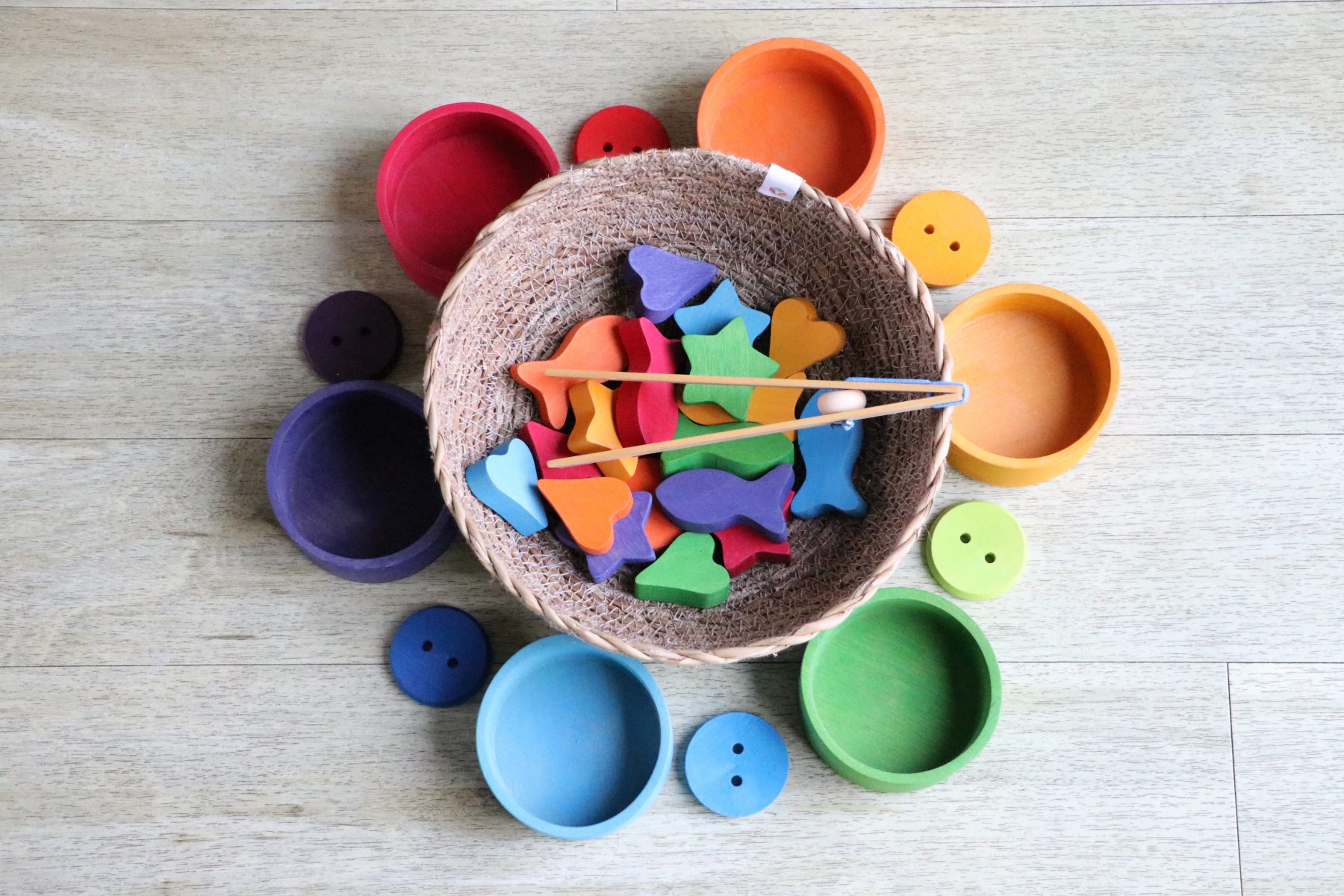Researchers give weight to 100-year-old Montessori practice which enhances learning

A practice first used by Maria Montessori in the early 1900s has received further validation thanks to a study conducted by researchers at the University of Sydney.
Finger tracing was found by the researchers to make learning easier and more motivating. Imagining an object after tracing it can also generate even faster learning for children and adults alike.
In the early 1900s Montessori encouraged young children to trace over letters of the alphabet made from sandpaper with their index fingers, based on the intuition that a multi-sensory approach (i.e., visual, auditory, tactile, and kinesthetic) to learning would be most effective.
In 1912 she noticed that children, after mastering the sequence of tracing a letter with their index finger, “took great pleasure” in closing their eyes and trying to recall it.
Over 100 years later, her method has received some empirical validation, however two new University of Sydney studies show that not only is tracing an effective learning technique; if it is used in conjunction with imagination, its positive effect could be amplified.
Previous Sydney School of Education & Social Work research demonstrated a link between tracing and math performance. Now, tracing in math and science lessons has been specifically found to reduce people’s cognitive load (the demands placed on the conscious mind by a range of cognitive activities), thereby enhancing their ability to learn.
It has also been found to potentially increase their learning motivation. Once students have built a foundational understanding of a topic through tracing, asking them to close their eyes and “imagine” the steps while tracing enhances learning more than additional tracing with eyes open.
Researcher Paul Ginns, co-author of the papers, said the studies show that tracing and imagination strategies are cost-free, simple, and can be easily implemented in classrooms, across a range of lesson topics and media.
The first study published in Educational Psychology Review examined the work of 93 Year 4 and 5 students from a school in Shanghai, China who were being taught about the properties of angles in a triangle. They were randomly assigned to the control condition, the tracing condition, or the tracing/imagination condition, and then given ‘calculate the missing angle’ examples to complete under practice and test conditions.
The control group were instructed to leave their arms by their sides. The tracing group traced the shapes, and the tracing/imagination group were instructed to trace the shape with their eyes open, then close their eyes and imagine the tracing.
A mini meta-analysis combining the results of the two experiments showed that students who traced the shapes solved similar problems more quickly. Students who traced also reported lower levels of cognitive load and higher levels of intrinsic motivation during the lesson, compared to those in the control group. In some instances, tracing then imagining resulted in faster solution times for test questions than tracing alone.
The second study worked with adult participants who were asked to apply point and trace elements to a lesson about the lifecycle of a star, with researchers again finding benefits to the tracing methodology.
“There are multiple reasons why tracing can help learning,” Associate Professor Ginns said. “It seems that humans are biologically wired so that we pay closer attention to the space near our hands. So, when using an index finger to trace visual stimuli, these elements of a lesson receive processing priority. Tracing can also assist learning because it ‘chunks’ all the important elements of new material into one piece of information, making it easier for us to learn.”
To access the research, please see the links in the main body of this piece. Applications of finger tracing in early childhood can be found here.
Popular

Workforce
Policy
Quality
Practice
Provider
Research
ECEC must change now, our children can’t wait for another inquiry
2025-07-02 07:47:14
by Fiona Alston

Workforce
Practice
Provider
Quality
Research
Supporting successful transitions: Big moves, big feelings
2025-06-26 11:00:30
by Fiona Alston

Quality
Practice
Provider
Research
ECEC in focus - Una Springwood’s intergenerational initiative brings young and old together through connection and care
2025-06-30 10:00:45
by Contributed Content












